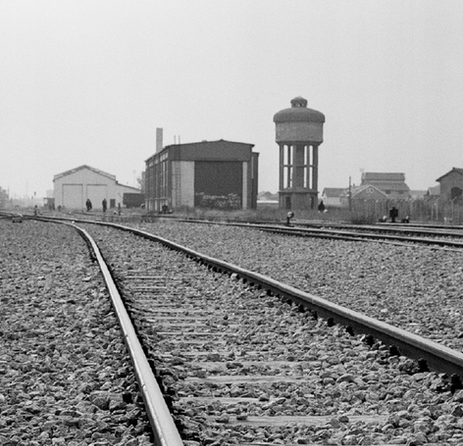Roma Settlements in Pristina, Kosovo
With the break-up of the former Yugoslavia in the late 1990s, an entire region descended into war – at its end many communities were left devastated, their private and public lives destroyed. In 2000 and 2001 Diploma Unit 6 studied this war-ravaged topography. They surveyed areas in Vushtrii and Pristina, exchanging ideas with residents of the Albanian and Serb communities exploring how situation specific architecture can evolve from the narratives of the damaged and displaced to recreate shared civic places in ways which engage designers, builders and end-users in the process of city renewal.
Again in 2011, Diploma Unit 6 returned to Pristina; now the transformed bustling capital city of a newly independent nation. The old communist motif of ‘destroy the old and build the new’ had ironically led to much unregulated growth and the population had increased fivefold in a decade with marginalised poorer sections of the population living on the edge of the city waiting to enter the European Union to earn some hard currency.
This time students studied Roma, Ashkali and ‘Egyptian’ waste pickers living astride the old railway line in Fushe Kosova, on the outskirts of Pristina whose adult members travelled to and from the EU earning Euros as and when they could. The students returned in summer 2012 and, funded by an RIBA travel scholarship, exhibited their proposals both within the community and on the main streets of Pristina.
















